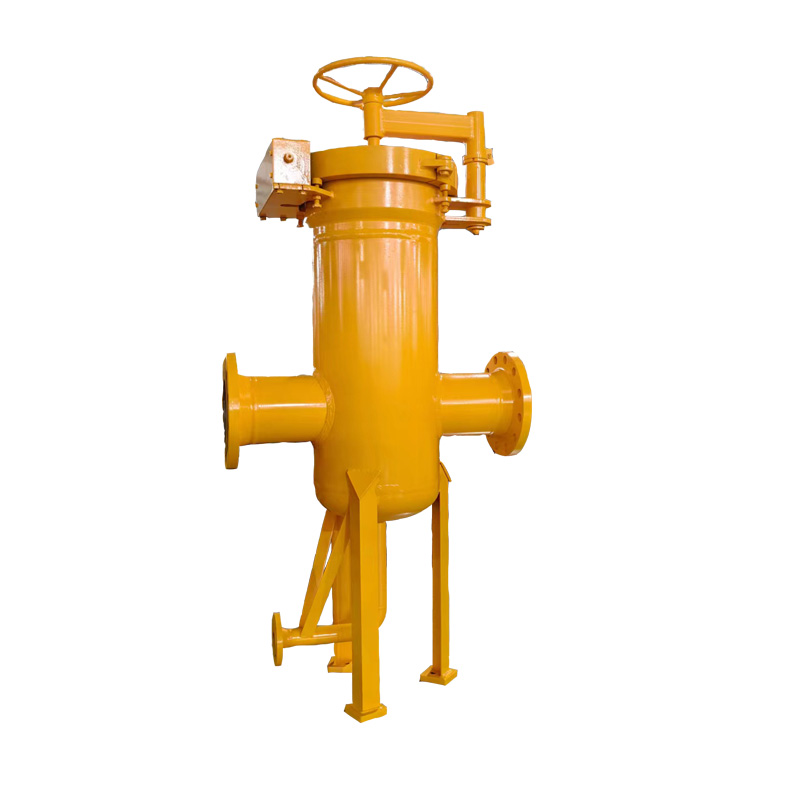
Dec . 23, 2024 11:49
Back to list
Pressure Relief Valve Solutions for Optimal Safety and Performance in Engineering Systems
Pressure Relief Valves Essential Components for Safety and Efficiency
Pressure relief valves (PRVs) are critical safety devices used in various industries to prevent excessive pressure build-up in systems that handle gases and liquids. These valves are designed to automatically release pressure from a vessel or piping system when it exceeds a predetermined limit, thus safeguarding equipment from potential damage, catastrophic failures, and ensuring the safety of personnel.
Understanding How Pressure Relief Valves Work
The fundamental principle behind a pressure relief valve is straightforward. Designed with a spring-loaded mechanism or a weight system, a PRV remains closed under normal operating conditions. However, when the pressure within the system rises beyond the preset threshold, the force exerted by the gas or liquid overcomes the resistance of the spring. As a result, the valve opens, allowing excess pressure to be released safely until the pressure is back within the acceptable range.
There are several types of pressure relief valves, including
1. Spring-Loaded Valves The most common type, relying on a spring’s tension to keep the valve closed until a set pressure is achieved. 2. Pilot-Operated Valves These use a smaller pressure signal to control a larger valve, offering better performance in high-pressure applications. 3. Balanced Bellows Valves This type compensates for back pressure, making it ideal for high-temperature and low-pressure applications.
Applications of Pressure Relief Valves
.
- Oil and Gas In drilling, refining, and storage processes where pressure can spike unexpectedly, PRVs are crucial for maintaining safe operational conditions. - Chemical Processing These valves protect reactors and storage tanks from overpressure due to exothermic reactions or thermal expansions. - Power Generation In steam systems, PRVs prevent overpressure that could damage turbines and other critical equipment.
صمامات تخفيف الضغط

- HVAC Systems They protect heat exchangers and boilers by ensuring safe operation amid fluctuations in pressure.
Importance of Maintaining Pressure Relief Valves
Regular maintenance and testing of pressure relief valves are vital to ensure their reliability and functionality. Over time, factors such as corrosion, sediment buildup, and material fatigue can impair their performance. Routine inspections, along with recalibrating settings to reflect any changes in the system design or operating conditions, are essential steps to prevent failures.
Failing to maintain PRVs can lead to severe consequences, including explosions, equipment damage, and loss of product. Industries are required to comply with strict regulations governing the installation and maintenance of pressure relief devices, underscoring their significance in promoting workplace safety.
Innovations in Pressure Relief Valve Technology
The industry continuously evolves, with advancements in materials, design, and monitoring technologies. The integration of smart technologies into pressure relief valves, such as IoT sensors, allows for real-time monitoring and predictive maintenance. These innovations enhance safety measures by providing early warnings of potential pressure issues, enabling prompt and effective responses.
Moreover, advancements in materials science have led to the development of corrosion-resistant alloys and plastics, extending the lifespan and reliability of PRVs in harsh environments.
Conclusion
In conclusion, pressure relief valves are indispensable components in many industrial processes, serving as the backbone of safety against pressure-related incidents. Understanding their function, maintaining them properly, and staying informed about advancements in valve technology are essential for any professional involved in the management of pressurized systems. By prioritizing safety through effective use and maintenance of pressure relief valves, industries can protect their personnel, equipment, and infrastructure from the risks associated with overpressure events.
Next:
Latest news
-
Safety Valve Spring-Loaded Design Overpressure ProtectionNewsJul.25,2025
-
Precision Voltage Regulator AC5 Accuracy Grade PerformanceNewsJul.25,2025
-
Natural Gas Pressure Regulating Skid Industrial Pipeline ApplicationsNewsJul.25,2025
-
Natural Gas Filter Stainless Steel Mesh Element DesignNewsJul.25,2025
-
Gas Pressure Regulator Valve Direct-Acting Spring-Loaded DesignNewsJul.25,2025
-
Decompression Equipment Multi-Stage Heat Exchange System DesignNewsJul.25,2025

